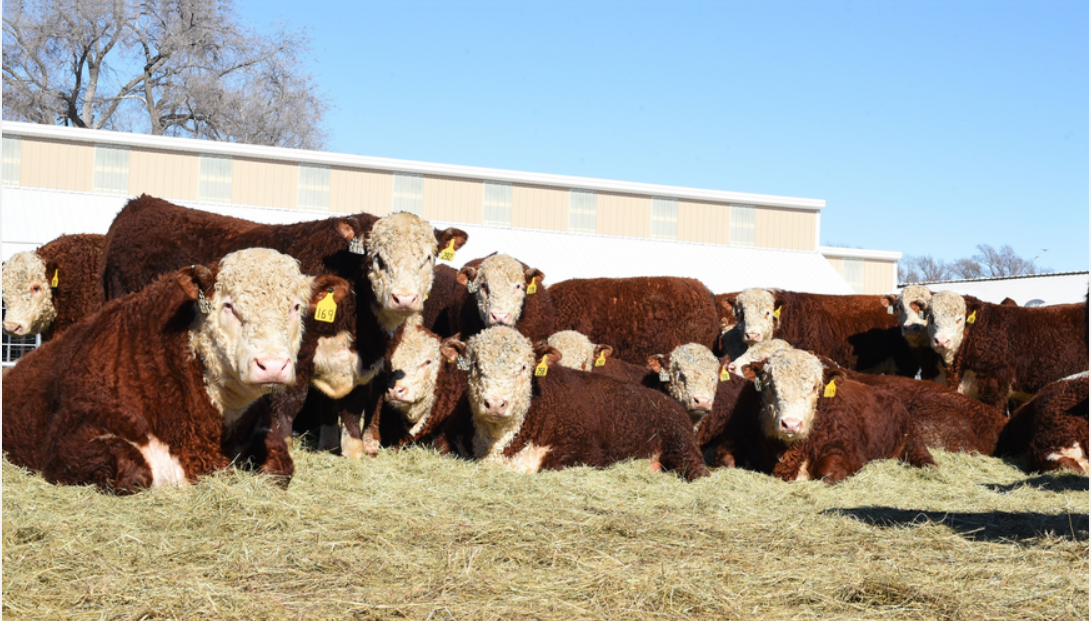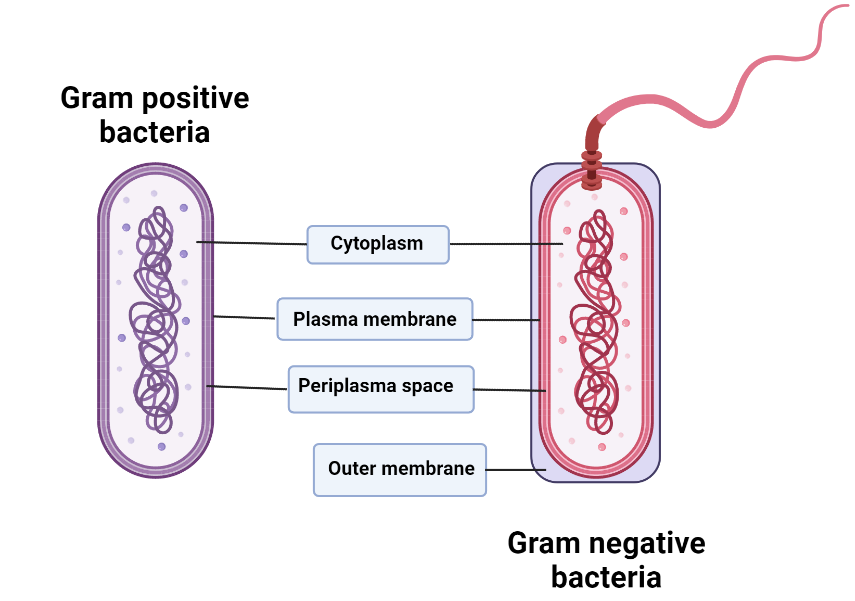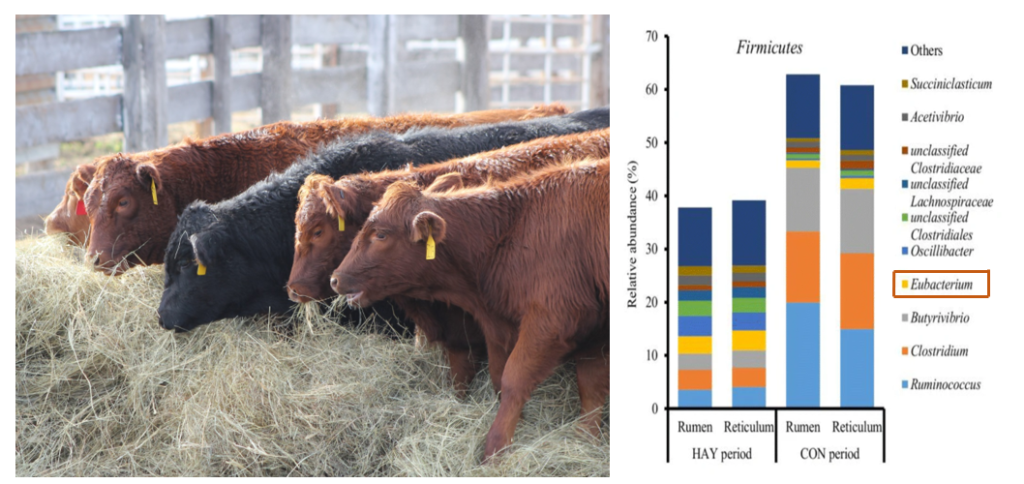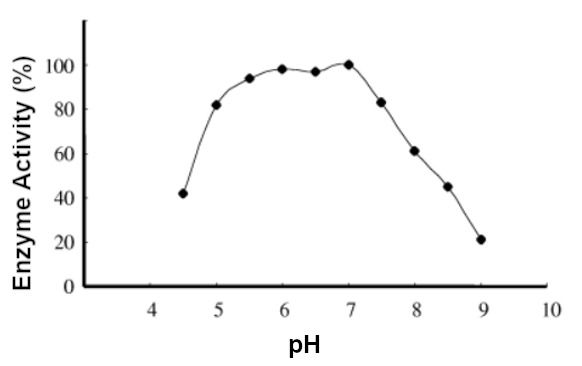
The rumen ecosystem provides an ideal environment for different populations of microorganisms. The microbial populations interact through various strategies such as mutualism (benefits for both microorganisms), commensalism (benefits for one without influencing the other), parasitism (benefits for one at a disadvantage for the other), and competition (several microorganisms compete for substrates or space), allowing the ruminant to obtain the essential nutrients for its nutrition through microbial fermentation processes. For this reason, the maintenance of stable ruminal conditions (pH, temperature, etc.) allows the growth of these microbial populations in order to have a better fermentation.
The microbe of the month for August is Eubacterium ruminantium. On this occasion, we will learn its general characteristics and functions to better understand its importance for rumen activity and the animal.
Click the image hotspots to learn more about this featured microbe.
This interactive image was created by Alison Pfau
(Photo Courtesy of Tri-State Livestock News )

Learn More

The genus Eubacterium is an anaerobic, Gram-positive microbe that produces carbon dioxide and organic acids, such a butyric, acetic, formic, and lactic acids from various sugars. Image adapted from BioRender.com
Learn More

Eubacterium ruminantium makes important contributions to plant fiber degradation, specifically, hemicellulose digestion (mainly xylan, by the action of xylanase enzymes) found in plants and in all cell walls of grasses. Image adapted from BioRender.com
Learn More

E. ruminantium also has the function of converting unsaturated fatty acids to more saturated fatty acids in the gut, which is important for fiber breakdown in the rumen. Image adapted from BioRender.com
Learn More

Eubacterium ruminantium are common microbes in the bovine rumen on hay diets, but not prevalent within animals on concentrate diets. Image adapted from Kim. Y.H et al., 2018 and Troy Walz, University of Nebraska-Lincoln, 2018
Learn More

The enzymatic activity of Eubacterium ruminantium decreases when the pH in the rumen is not favorable. Image adapted from Taguchi et al., 2004.
Follow this link to view all of the interactive presentations for the Rumen Microbes series.